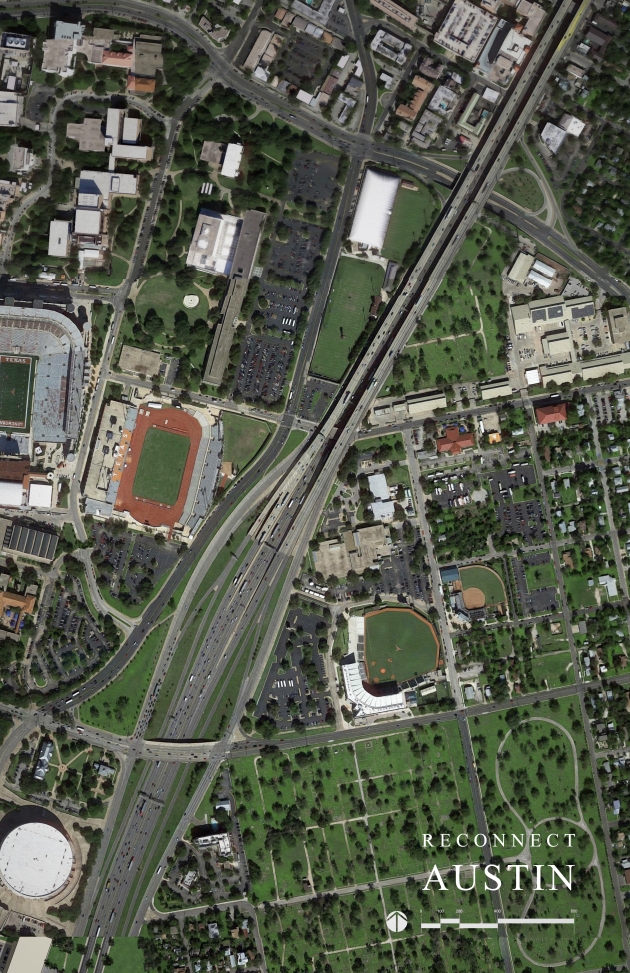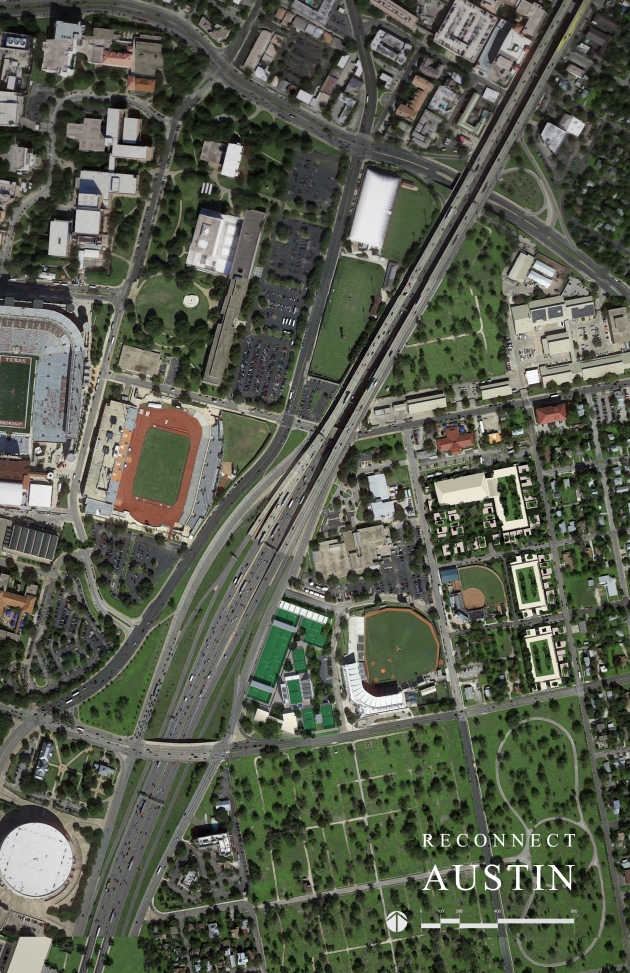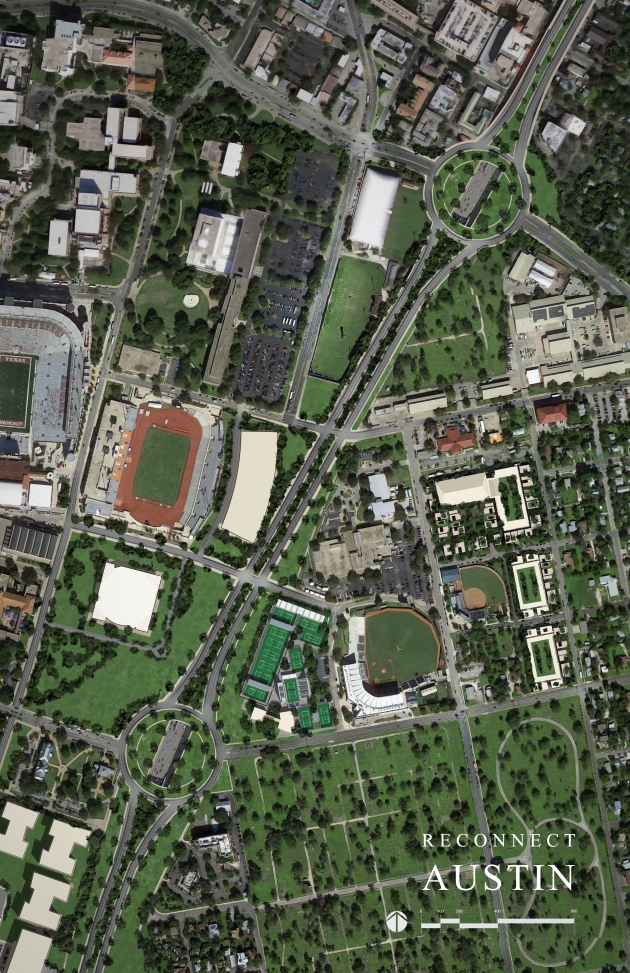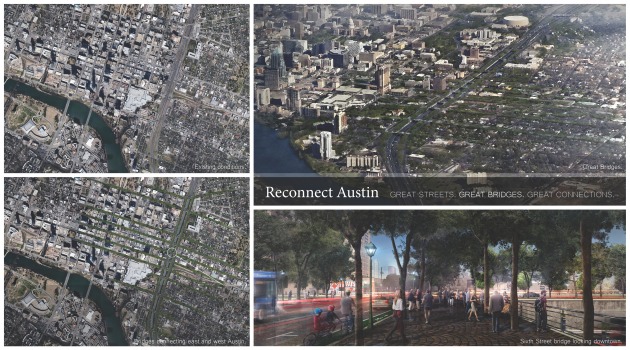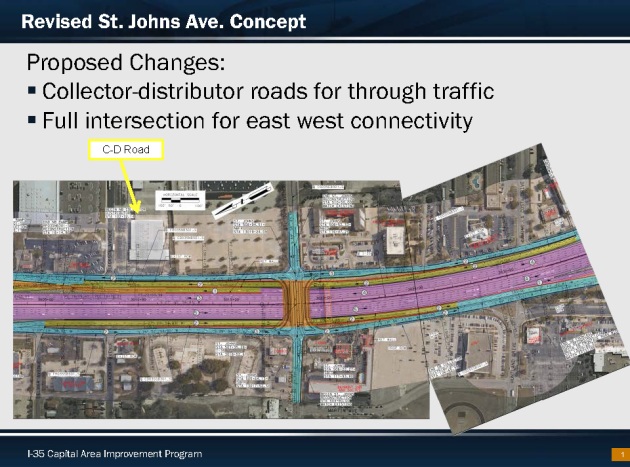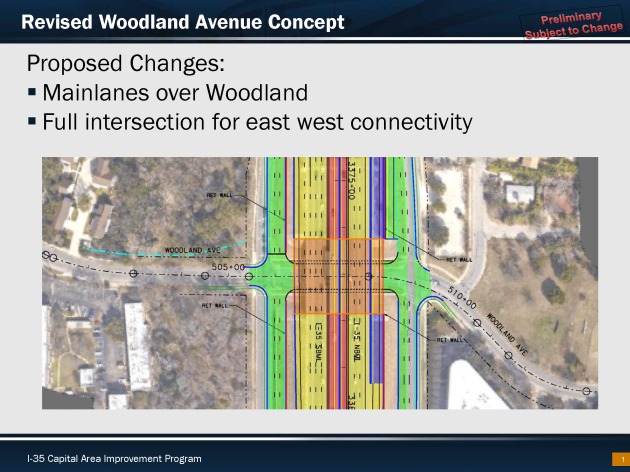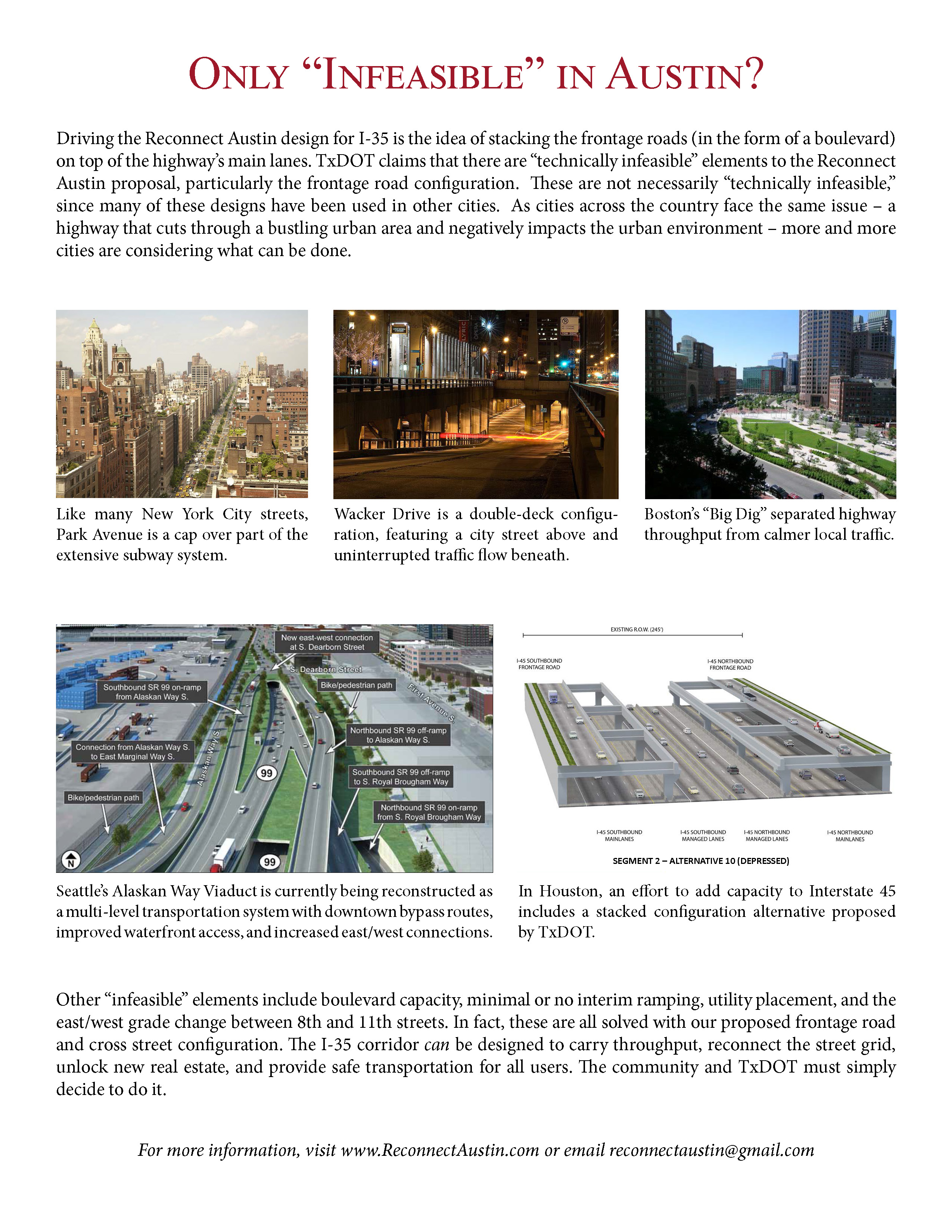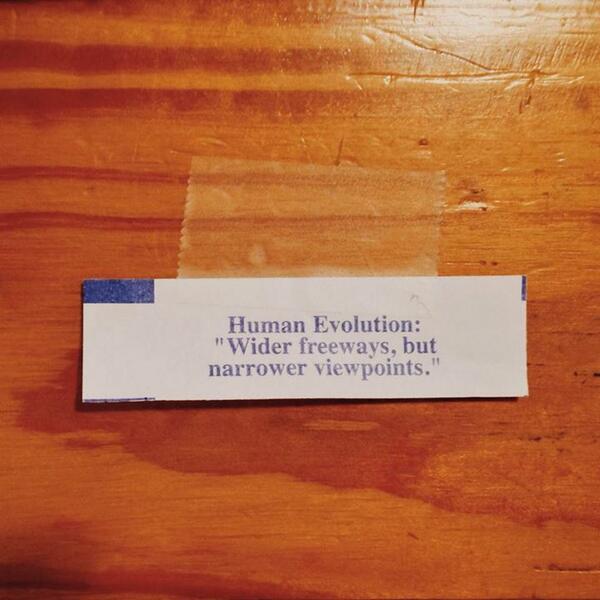There’s an important initiative underway in Austin this week. The effort is “Your Path to Austin”, which is an update of the City’s Bicycle Master Plan and the creation of a new Urban Trails Plan. These plans will help us achieve a connected and protected active transportation network and increase opportunities for people to safely bike around town, regardless of age or biking ability. Here’s the details of events where you can learn more and give your input:
Cities for Cycling Roadshow and Austin Bike and Urban Trails Plan Open House
Tuesday, November 12 5:30 – 8:30 p.m. (Presentation at 6 p.m.. Free. Light refreshments served)
St. David’s Episcopal Church, 301 E. 8th St., Austin
Don’t miss this opportunity to hear from leading experts from around the country as they share innovations and ideas for creating an active transportation network in their cities. You’ll also learn about Austin’s Bike and Urban Trail Plan and have the opportunity to give input to help shape our city’s plan. Click here to view the event flier.
The City is also hosting presentations and interactive open house events both north and south during the week. Here are the event details (content of the presentation will be the same at these events):
Austin Bike and Urban Trails Plan Presentation and Open House Events
Wednesday, November 13 5:30 – 8:30 p.m. (Presentation at 7 p.m.)
Lanier High School Cafeteria, 1201 Payton Gin Road, Austin
Thursday, November 14 5:30 – 8:30 p.m. (Presentation at 7 p.m.)
First Evangelical Free Church of Austin, Community Hall, 4220 Monterey Oaks Blvd., Austin
If you can’t attend an open house, you can also visit the project’s website to learn more and to complete a survey to make sure Your Path to Austin reflects your views!
Please do send this information on to others you think would be interested!
